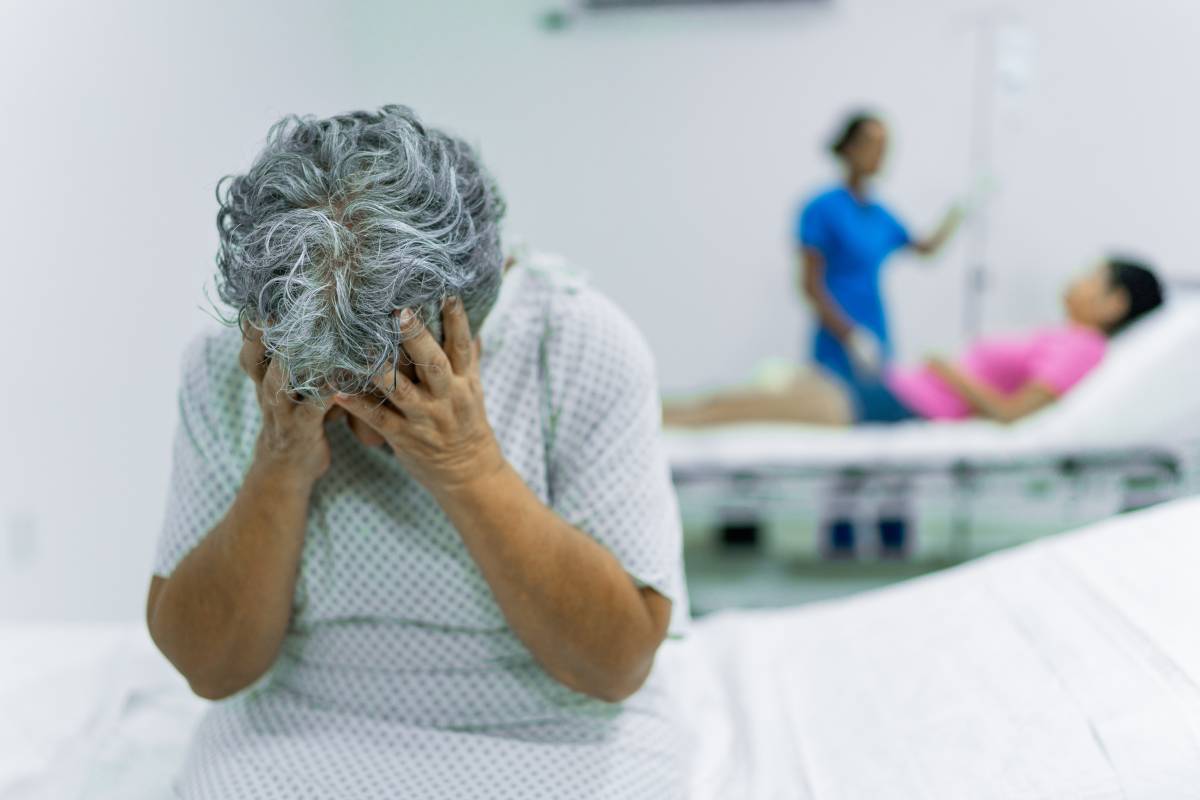Non-Surgical Causes of Postoperative Pain

Postoperative pain is a multifaceted experience influenced by surgical factors and various non-surgical elements that can significantly affect patient recovery. Understanding these non-surgical contributors to postoperative pain is essential for effective pain management and improved patient outcomes.
Psychosocial factors play a pivotal role in postoperative pain perception. Preoperative anxiety and depression have been linked to increased postoperative pain intensity. A study by Hinrichs-Rocker et al. found that psychological factors, including anxiety and depression, are significant predictors of chronic postoperative pain (1). Additionally, pain catastrophizing, where patients have an exaggerated negative orientation toward pain, has been associated with heightened pain perception and prolonged recovery periods.
Pre-existing chronic pain conditions are non-surgical factors that may worsen postoperative pain outcomes. Patients with conditions such as fibromyalgia or chronic back pain often experience increased postoperative pain due to central sensitization, a condition in which the nervous system is in a persistent state of high reactivity. This sensitization can lead to an exaggerated response to surgical pain stimuli, complicating postoperative pain management.
Inflammatory responses are a natural part of the healing process; however, excessive or prolonged inflammation can exacerbate postoperative pain. Elevated levels of pro-inflammatory cytokines, such as interleukin-6, have been correlated with increased pain sensitivity. A study published in the British Journal of Anaesthesia highlighted systemic inflammation as a key factor in the development of chronic postoperative pain (2). Managing inflammation through pharmacological and non-pharmacological means is crucial to reducing this risk.
Opioid-induced hyperalgesia (OIH) is a paradoxical response in which opioid administration results in increased sensitivity to pain. Prolonged opioid use can alter pain pathways, resulting in decreased analgesic efficacy and increased pain perception. This phenomenon underscores the importance of cautious opioid prescribing and the implementation of multimodal analgesic strategies to minimize the risk of OIH (3).
Sleep disturbance is another non-surgical factor influencing postoperative pain. Poor sleep quality and sleep deprivation can impair pain modulation mechanisms, resulting in increased pain sensitivity. Research shows that patients who experience sleep disturbances after surgery report higher pain scores and delayed recovery. Addressing sleep problems through proper sleep hygiene and, if necessary, medical intervention is essential for optimal postoperative pain management (4).
Effective management of postoperative pain requires a comprehensive approach that addresses these non-surgical factors. Preoperative psychological assessments can identify patients at risk for increased postoperative pain due to psychosocial factors, allowing for targeted interventions such as cognitive-behavioral therapy. Addressing pre-existing chronic pain conditions with appropriate treatment plans can reduce the likelihood of exacerbated postoperative pain. Controlling inflammation with anti-inflammatory medications and lifestyle modifications such as diet and exercise can help reduce pain severity. Implementing multimodal analgesia strategies that minimize opioid use can prevent OIH, and ensuring that patients maintain healthy sleep patterns can further improve recovery outcomes (1).
In conclusion, non-surgical factors contribute significantly to postoperative pain and can impede recovery if not properly addressed. A multidisciplinary approach that includes psychological support, chronic pain management, inflammation control, prudent opioid use, and sleep optimization is essential for effective postoperative pain management and improved patient outcomes.
References
- Hinrichs-Rocker A, Schulz K, Järvinen I, Lefering R, Simanski C, Neugebauer EA. Psychosocial predictors and correlates for chronic post-surgical pain (CPSP) – a systematic review. Eur J Pain. 2009;13(7):719-730. doi:10.1016/j.ejpain.2008.07.015
- Doleman B, Mathiesen O, Sutton AJ, Cooper NJ, Lund JN, Williams JP. Non-opioid analgesics for the prevention of chronic postsurgical pain: a systematic review and network meta-analysis. Br J Anaesth. 2023;130(6):719-728. doi:10.1016/j.bja.2023.02.041
- Lee M, Silverman SM, Hansen H, Patel VB, Manchikanti L. A comprehensive review of opioid-induced hyperalgesia. Pain Physician. 2011;14(2):145-161.
- Finan PH, Goodin BR, Smith MT. The association of sleep and pain: an update and a path forward. J Pain. 2013;14(12):1539-1552. doi:10.1016/j.jpain.2013.08.007
